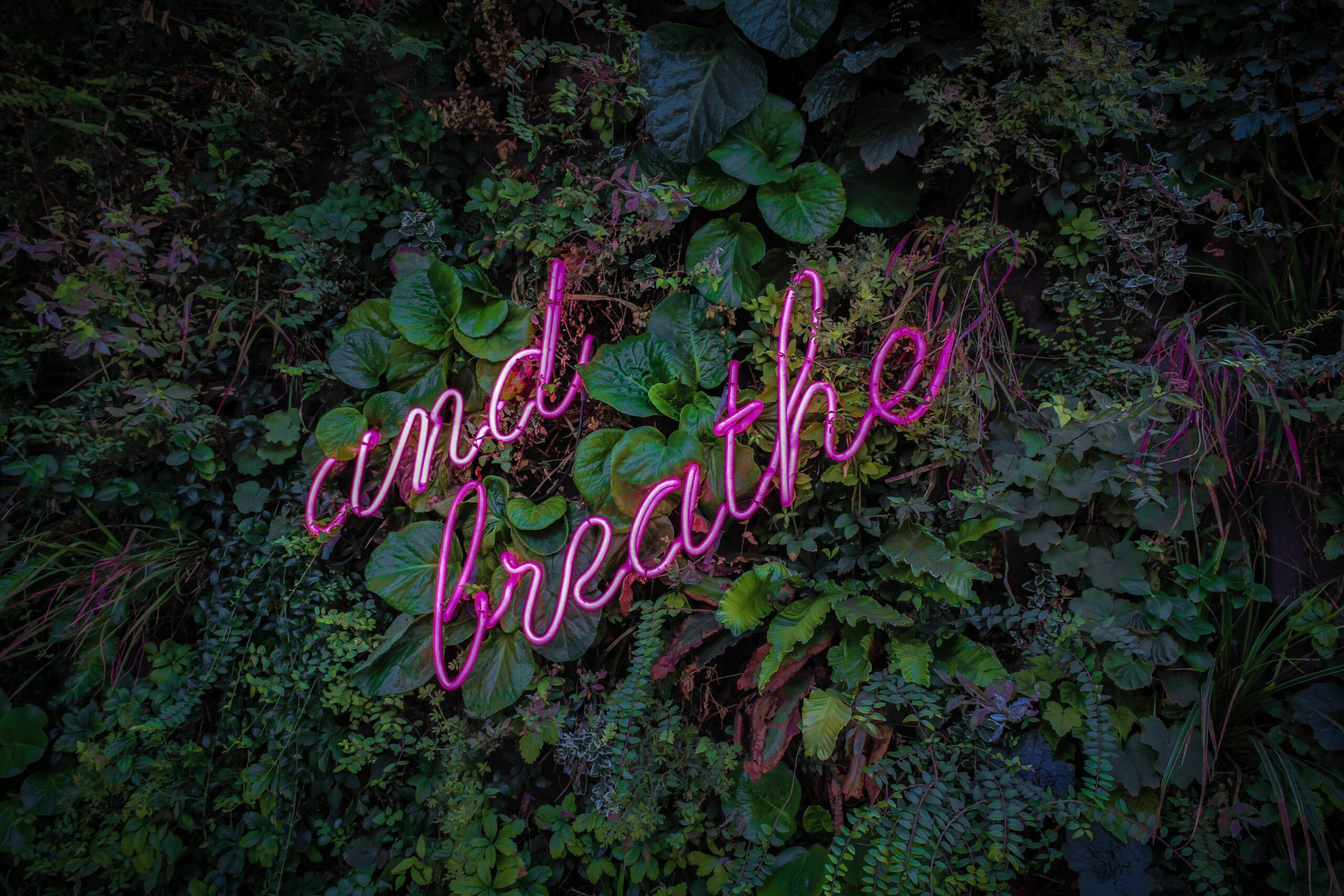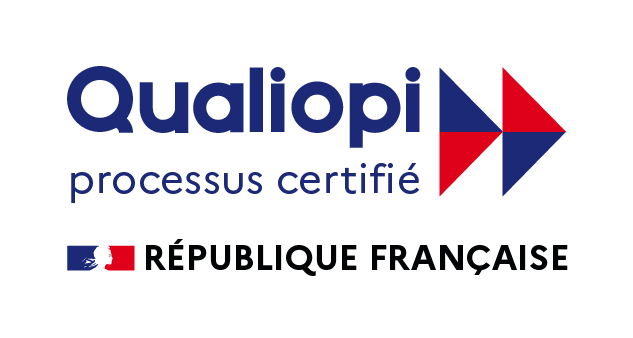Stress, fatigue, challenge ? A simple breath of oxygen can change everything. Whether as a marker of the present moment or as a source of energy, breathing is at the heart of wellness techniques that go back thousands of years, from meditation to Chinese medicine, yoga and sophrology. Nicolas Bassan, co-founder and psychologist at Open Mind Innovation, takes a look at the right ways to breathe to soothe or mobilize the mind.
Breathing, an essential tool… with many facets
As a source of oxygen and therefore energy, breathing adapts naturally to everyday situations. ” There is not one, but several ways to breathe “, explains Nicolas Bassan. For example ? Fast breathing for short, intense efforts like sprinting, slow, deep breathing for periods of calm… and even short apneas for extreme concentration.
” Climbing stairs, in particular, requires the brain to make a number of simultaneous calculations to maintain balance while remaining in motion, while breathing itself mobilizes significant brain resources .” As a result, to stay focused, the brain suspends breathing. ” We usually climb stairs in apnea without realizing it “, laughs Nicolas.
Better breathing for better management: how does it work ?
All the body’s automatic functions, from digestion to breathing and heartbeat, are managed by the autonomic nervous system. The autonomic nervous system is divided into sympathetic and parasympathetic systems. ” The sympathetic system mobilizes energy to respond to a situation, while the parasympathetic system devotes it to recovery “, explains Nicolas. ” It’s fight or flight, versus rest and digest “.
What does breathing have to do with it? Each type of breathing stimulates one of the two nervous systems. ” Breathing through the belly, with emphasis on exhalation, stimulates the vagus nerve, the main nerve of the parasympathetic nervous system. The relaxation effect is simply mechanical ! . Conversely, rapid breathing, centred on inspiration, activates the action-related sympathetic system.
Breathing well, what is ?
Breathing doesn’t necessarily help you relax and relieve stress, which is as natural as it is useful. ” In the right dose, stress encourages us to invest and surpass ourselves ; in excess, it inhibits us and causes us to lose our means “, stresses Nicolas. So it’s not a question of eradicating it, but of finding the right balance between useful and disabling stress. ” I don’t think there’s a “right” or “wrong” way to breathe, but rather a way that’s adapted to each activity. Lying on a beach in the sun, it’s best to breathe calmly. If you’re being chased by a tiger in the jungle, you need to breathe heavily, and if you’re crossing a canyon on a cable, apnea is essential ! ”
Breathing well sometimes means overcoming certain reflexes in the body. Climbing six flights of stairs in apnea proves problematic, just as breathing too hard becomes a handicap when stress levels are high. The right answer ? ” Train yourself to identify the moments that require concentration or generate too much stress, then become aware of your breathing so you can adapt it “.
Cardiac coherence, the anti-stress lifeline
For whom ?
Before an appointment, a speech or even during a meeting, cardiac coherence can be practiced at any time to soothe an occasional stressful situation. ” It consists in increasing cardiac variability “, explains Nicolas. ” The heart is constantly speeding up and slowing down, constantly seeking to optimize its rhythm. This method is even more effective when combined with a visualization exercise .
How ?
Sit comfortably with your back straight. Inhale and exhale slowly, over approximately 6 to 8 seconds, averaging six to ten inhale/exhale cycles per minute. Continue for 3 to 5 minutes. To complete the visualization, close your eyes and visualize yourself in a place that soothes you : beach, mountain, forest…
Meditation, the key to finding balance
For whom ?
Meditation is not about controlling your breathing, but about becoming aware of it without wanting to change it. ” The simple act of observing one’s breathing synchronizes areas of the brain involved in regulating emotions, decision-making, memory… This is a useful long-term method, which does not seek immediate results but improves well-being in depth “.
How ?
Sit comfortably with your back straight. Breathe normally, without trying to modify your breathing. Identify the zone in which it is most noticeable (chest, belly…) and the sensations that accompany it (relaxation, stress…). If your thoughts wander, bring them back to your breathing. Practice 10 to 20 minutes a day.
Breathing to mobilize resources
For whom ?
Knowing how to put yourself in a state of wakefulness can prove useful, in a situation requiring concentration and vigilance. ” To mobilize your energy via breathing, adopt a dynamic breathing cycle that gives energy “, summarizes Nicolas, ” but for a very short time to avoid hyperventilation “.
How ?
Sit comfortably with your back straight. Place one hand on your belly to feel its movements and encourage abdominal breathing. Inhale intensely and dynamically for no more than a second, then exhale naturally. Practice for 1 minute maximum.

